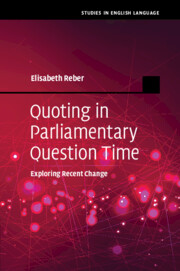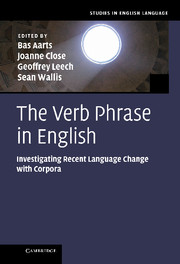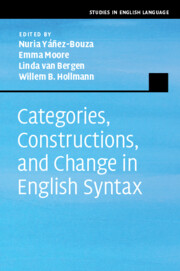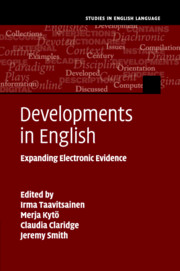Quoting in Parliamentary Question Time
Why do recordings of speakers engaging in reported speech at British Prime Minister's Questions from the 1970s–80s sound so distant to us? This cutting-edge study explores how the practices of quoting have changed at parliamentary question time in light of changing conventions and an evolving media landscape. Comparing data from authentic audio and video recordings from 1978 to 1988 and from 2003 to 2013, it provides evidence for qualitative and quantitative changes at the micro level (e.g., grammaticalisation processes in the reporting clause) and in more global structures (e.g., rhetorical patterns, and activities). These analytic findings contribute to the theoretical modelling of evidentiality in English, our understanding of constructions, interaction, and change, and of PMQs as an evolving community of practice. One of the first large-scale studies of recent change in an interactional genre of English, this ground-breaking monograph offers a framework for a diachronic interactional (socio-) linguistic research programme.
- Studies language change in contemporary English, drawing on authentic audio and video recordings of spoken interaction
- Provides an analysis of the practices of quoting in parliamentary question time, revealing changes in vocal, verbal, and visuo-material patterns
- Illustrates grammaticalisation processes and formulaic structures in evidential constructions
Reviews & endorsements
'What I personally find a particularly noteworthy asset in this extensive and diligent work is Reber's intricate focus on prosodical and suprasegmental aspects and layers that accompany, complement and specify the meanings and functions of the quotations analyzed.' Monika Kirner-Ludwig, Journal of Pragmatics
Product details
April 2025Paperback
9781108799041
366 pages
229 × 152 mm
Not yet published - available from April 2025
Table of Contents
- 1. Introduction
- 2. Reported speech and evidentiality
- 3. Prime Minister's questions
- 4. Data, transcription and methodology
- 5. Reporting clauses
- 6. Reported clauses
- 7. Reported speech and rhetorical structures
- 8. Reported speech in recurrent courses of action
- 9. Summary and conclusions
- Appendix A
- Appendix B.





